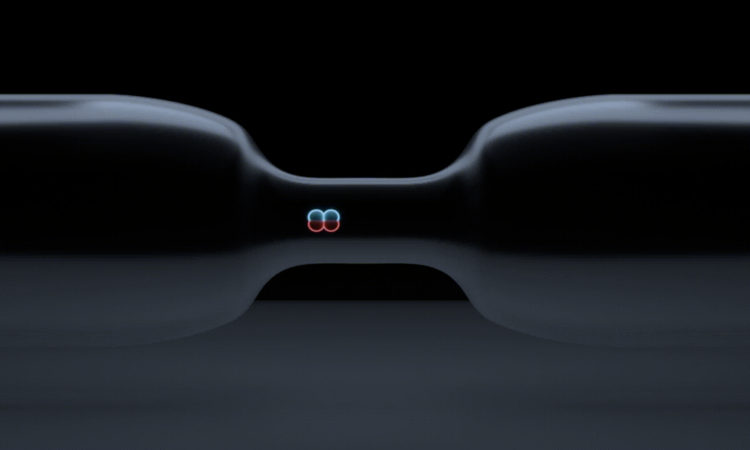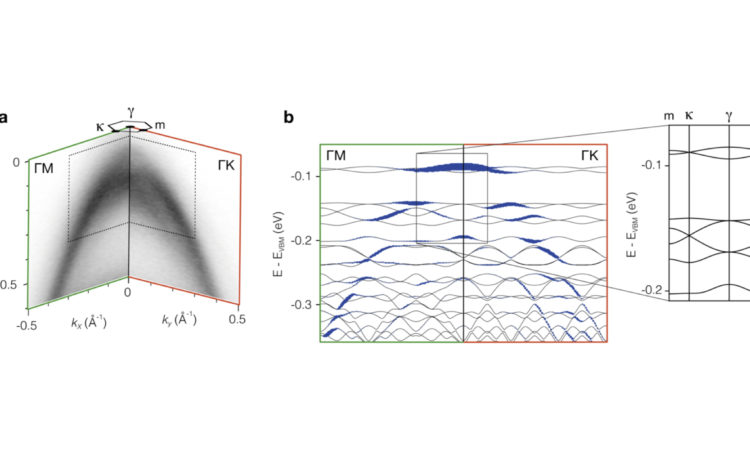Efficient magnetic switching in a correlated spin glass

By Hugo Dil, EPFL
The interplay and competition between spin-orbit interaction and magnetic order is the basis for many novel physical phenomena and forms one of the most active research fields in condensed matter physics. It is an essential ingredient in the search for materials with novel, and tunable, electronic and spin properties. In our article we present a variety of unique and unexpected observations in thin MBE-grown Ge1−xMnxTe films, with x=0.13. These films are multiferroic and combine ferrimagnetic order with a ferroelectric semiconductor. The main finding is that the magnetisation direction switches direction with current pulses many orders of magnitude lower as for typical spin- orbit torque systems. The switching is driven by stochastic resonance wherein the charging and discharging of the semiconducting films provides the background upon which short current pulses act as a structured noise signal. By changing the periodicity of the latter, the switching probability can be varied by orders of magnitude. Of more fundamental interest is that, upon a switching event, the magnetic order spreads coherently and collectively over macroscopic distances through a correlated spin-glass state.
The conclusions are based on a variety of complimentary techniques. XMCD is used to induce and measure the switching, whereas low energy muSR and magnetometry are used to characterise the spin glass state. In SQUID measurements we observe the probable formation of topological real space spin textures when sweeping the magnetic field. These experimental results are supported by magnetic ground state calculations taking all the different interactions into account in a diluted magnetic semiconductor.
Our work shows that, the multiferroic Ge1−xMnxTe system presents a platform for various complex intriguing physical phenomena involving the interplay of spin-orbit interaction and magnetic order. Using XMCD and theory we found a bistable ferrimagnetic ground state that can be switched using stochastic resonance. Under these conditions the current needed for switching is reduced by many orders of magnitude compared to typical spin-orbit torque systems, allowing for the design of energy efficient non-volatile electronics. One can envision to replace the synchrotron radiation induced currents by electric currents generated from electrical contacts. Alternatively one can switch using short laser pulses. On a more fundamental level, our results open up new avenues for studying collective spin dynamics in correlated spin glass systems.

Based on article published in Nature Communications



